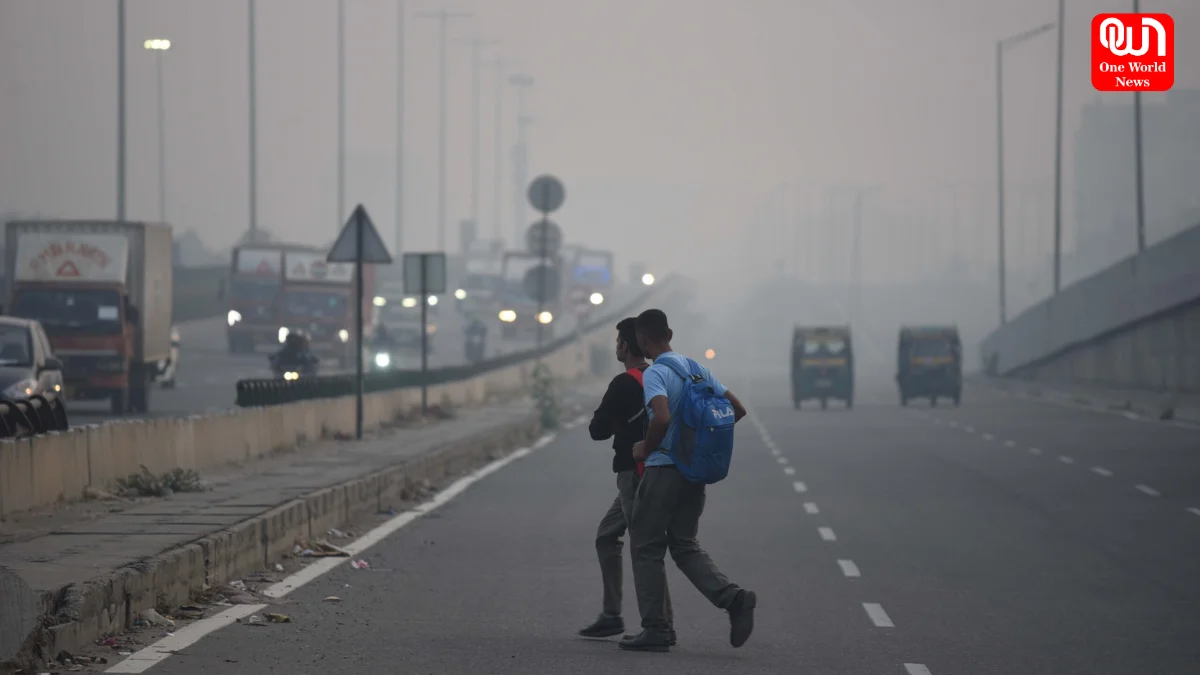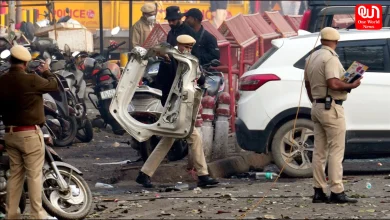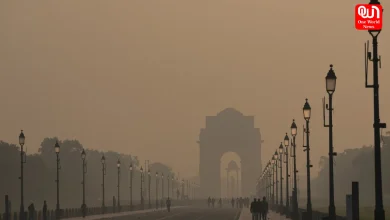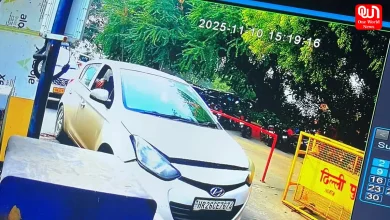Delhi Records Poor To Severe AQI Post-Diwali, Government Prepares Artificial Rain To Improve Air Quality And Combat Pollution
Delhi records poor to severe AQI post-Diwali; government plans artificial rain to improve air quality and combat pollution in the capital
Delhi Records Poor To Severe Air Quality Post-Diwali, Artificial Rain Preparations Underway
Delhi Post-Diwali Air Quality Situation
New Delhi is witnessing poor to severe Air Quality Index (AQI) levels in several areas following Diwali celebrations on Monday, October 20, according to the Central Pollution Control Board (CPCB). The AQI at Anand Vihar was recorded at 402 this morning, placing it in the ‘severe’ category, slightly lower than Thursday’s reading of 429. The ITO area recorded 316 in the ‘very poor’ category, while RK Puram also remained at 316. AIIMS and surrounding areas reported an AQI of 295 in the ‘poor’ category, and Dwarka Sector 8 recorded 292, indicating poor air quality. The CPCB classifies AQI levels between 0-50 as ‘good’, 51-100 as ‘satisfactory’, 101-200 as ‘moderate’, 201-300 as ‘poor’, 301-400 as ‘very poor’, and 401-500 as ‘severe.’
Read more: Critical Pakistan-Taliban Border Crisis Talks Begin in Doha Amid Rising Cross-Border Tensions
Area-Wise AQI Breakdown
Anand Vihar continues to face the highest pollution levels with an AQI of 402, while ITO and RK Puram are struggling with ‘very poor’ air quality. Dwarka Sector 8 and AIIMS remain in the ‘poor’ category but still pose health risks to sensitive groups such as children, elderly citizens, and individuals with respiratory issues. The continuous rise in pollution levels post-Diwali has raised concerns over public health and air safety measures across the city.
Delhi Government Plans Artificial Rain
In response to worsening air quality, the Delhi government has announced preparations to carry out artificial rain as early as next week, following a trial cloud-seeding flight conducted from IIT Kanpur. Chief Minister Rekha Gupta stated that weather conditions might favor cloud presence on October 28, 29, and 30, and the first artificial rain can be induced on October 29 if conditions remain favorable. Experts successfully tested cloud seeding in the Burari area as part of these preparations.
Significance of Cloud Seeding Initiative
CM Gupta highlighted that this initiative marks a historic step in using technology to combat Delhi’s pollution. The artificial rain project aims to reduce particulate matter in the air, improve air quality, and create a balanced environment in the national capital. This innovative approach is seen as a scientific method to manage air pollution, particularly after major events like Diwali, when pollution levels spike due to firecrackers and vehicular emissions.
Read more: Ujjain Brothers Transform Army Plane Into 5-Star Hotel With Luxury Amenities, Pool & Spa
Health Advisory and Public Awareness
Authorities have urged residents to take precautionary measures, especially in areas with ‘very poor’ and ‘severe’ AQI levels. Sensitive groups are advised to avoid outdoor activities, use masks, and monitor daily air quality updates. The government continues to emphasize the importance of reducing emissions and adopting eco-friendly practices to prevent prolonged periods of unhealthy air quality.
Outlook for the Coming Week
With the possibility of artificial rain through cloud seeding, Delhi’s air quality may see improvements if weather conditions cooperate. The government is closely monitoring AQI levels across all major areas, including Anand Vihar, ITO, RK Puram, AIIMS, and Dwarka. Continuous efforts are being made to ensure that pollution mitigation strategies are effectively implemented, providing relief to residents struggling with post-Diwali smog.
We’re now on WhatsApp. Click to join.
Like this post?
Register at One World News to never miss out on videos, celeb interviews, and best reads.








